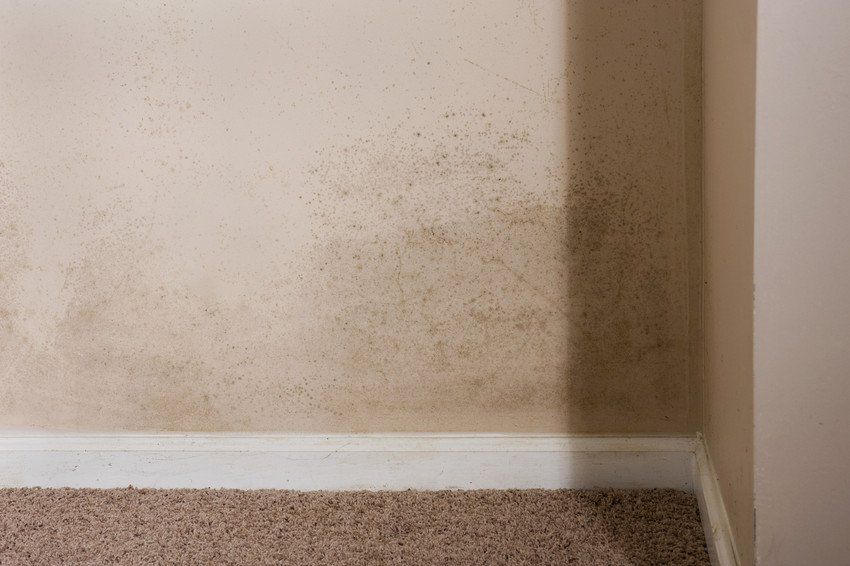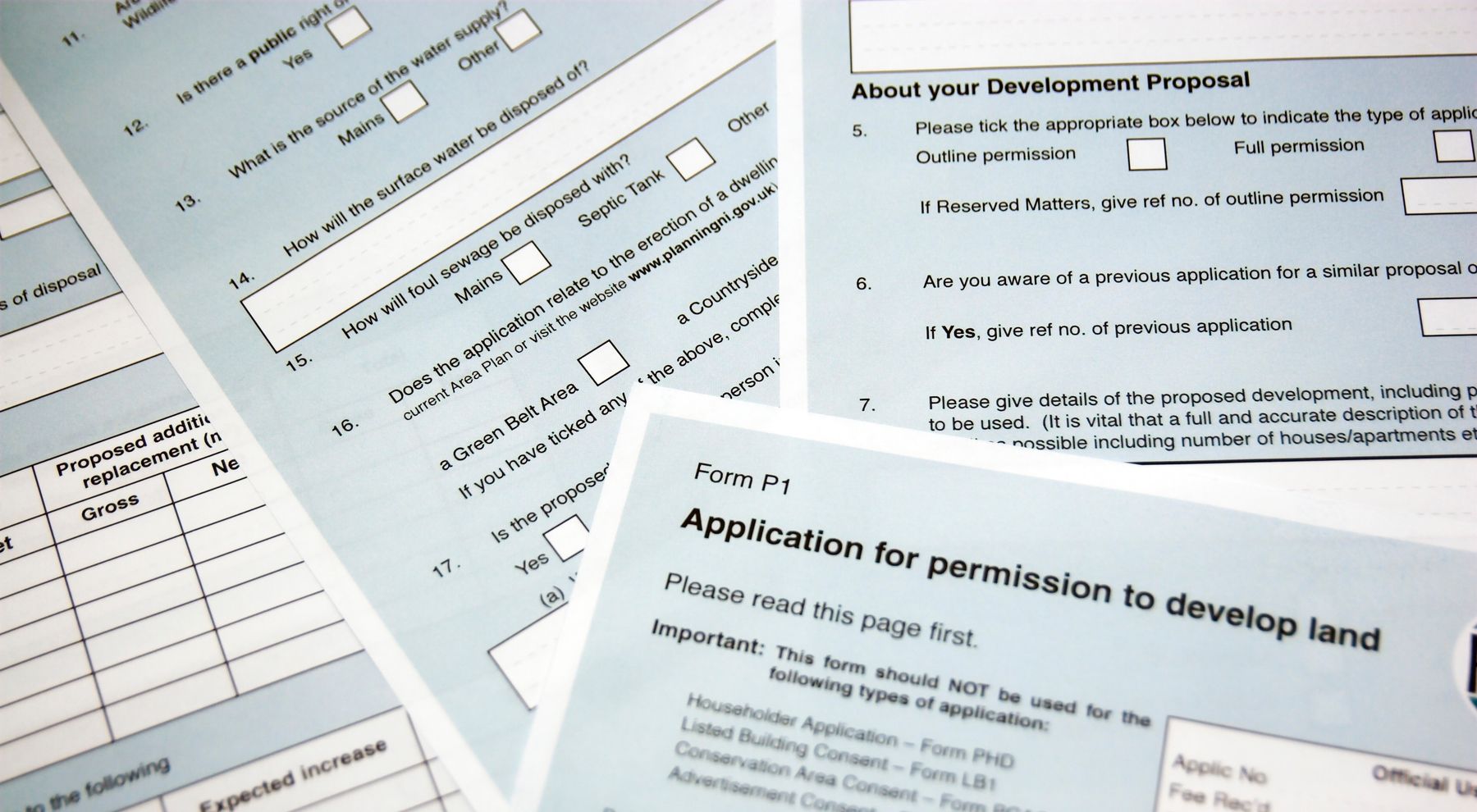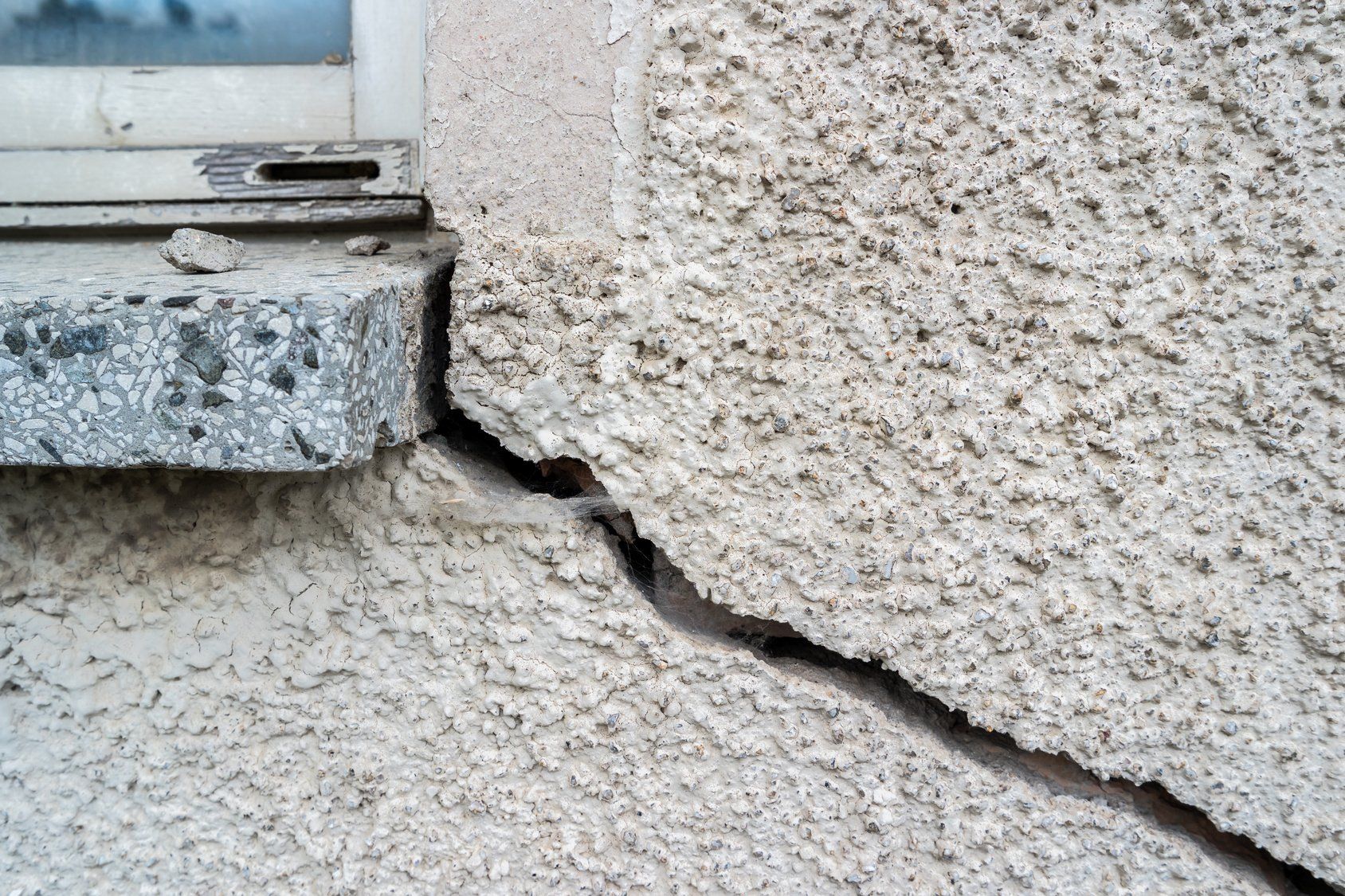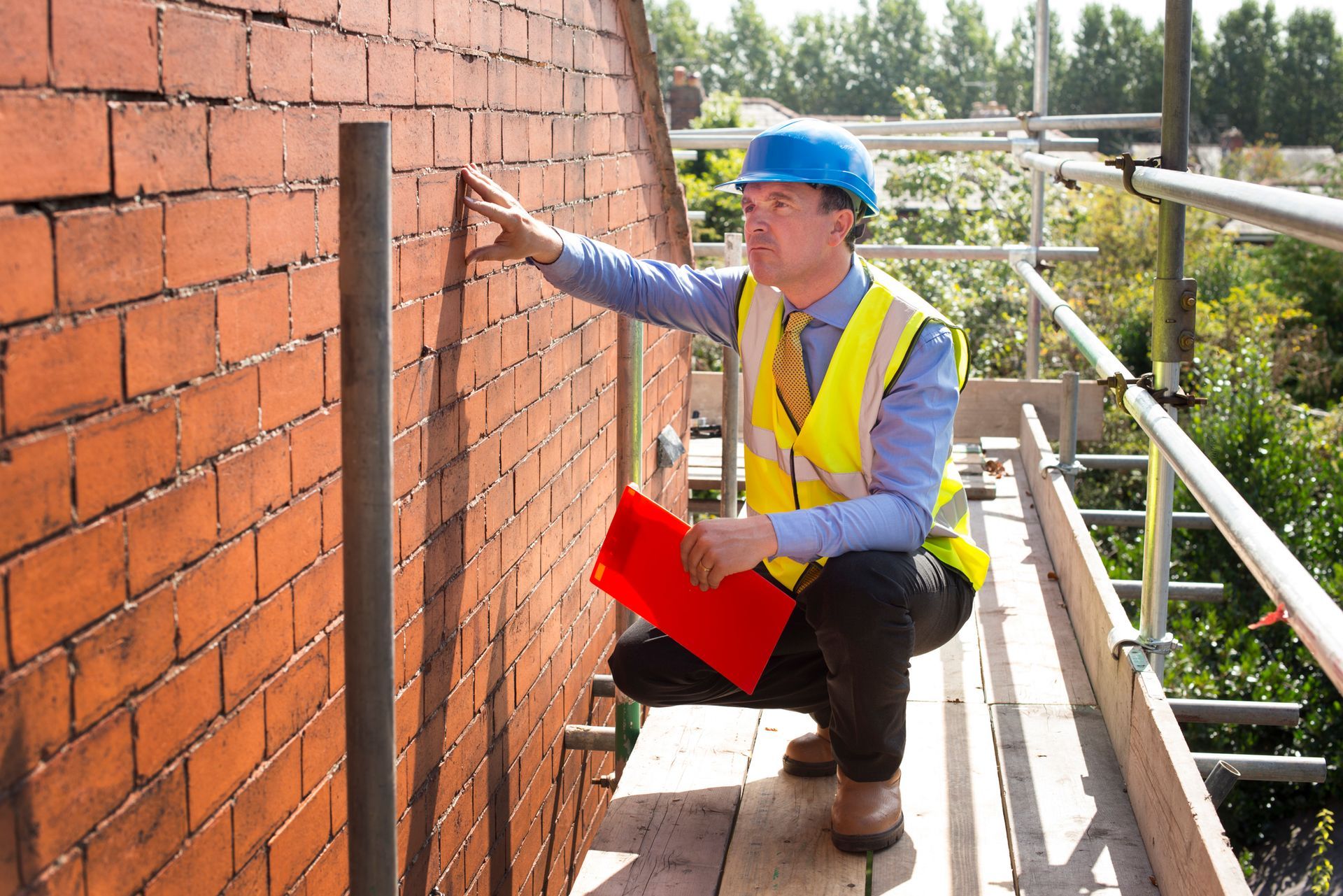Why Do I Have Damp? Three Possible Causes

The presence of damp and excess moisture can cause a lot of problems in your property, from structural damage to health issues for anyone living or working in the building. Telltale signs of damp include mould growth, a damp, musty smell, peeling wallpaper, or damp patches on ceilings and walls, but where is this excess moisture coming from?
It can be frustrating to find damp in your home and not know the reasons why, but luckily there are professionals out there who can assess the situation and get to the root of where the damp is coming from, and why. With this in mind, see below for three possible causes of damp in your property.
Your roof offers vital protection from the elements, so any holes or roof damage can allow rain and moisture to seep into your home, causing damp. Roof damage can be caused by cracked or missing tiles or slates, cracked chimneys or loose flashing, but a professional roof specialist or building defect diagnosis service will be able to carry out a thorough assessment for you.
Appliances such as washing machines or dishwashers can lead to internal pipes leaking in your property, but moisture can also enter your home if there are issues with exterior downpipes or gutters. Holes or cracks in your downpipe mean that the water won’t be flowing into the drains correctly and may seep out, causing issues such as penetrating damp.
Poor ventilation in a building can lead to a build up of condensation; if this has nowhere to escape then you may notice damp patches in your property. Excess condensation on window panes may be due to broken seals, or it can be caused by too much humidity in the building. This can be reduced by installing extractor fans or keeping windows open when cooking or showering.
If you suspect the presence of damp in your property but are struggling to identify the cause, get in touch with the team at Simon Levy for professional building defect diagnosis. We have all the expertise, knowledge and experience you need to identify and establish the cause of damp or water penetration, plus we’ll provide you with a full report of our findings and what you need to do to resolve the issue. For more information or to book an appointment, give us a call today or visit our website.










